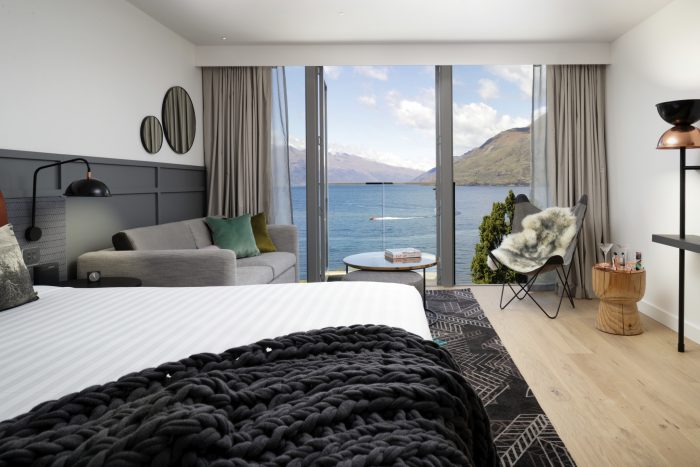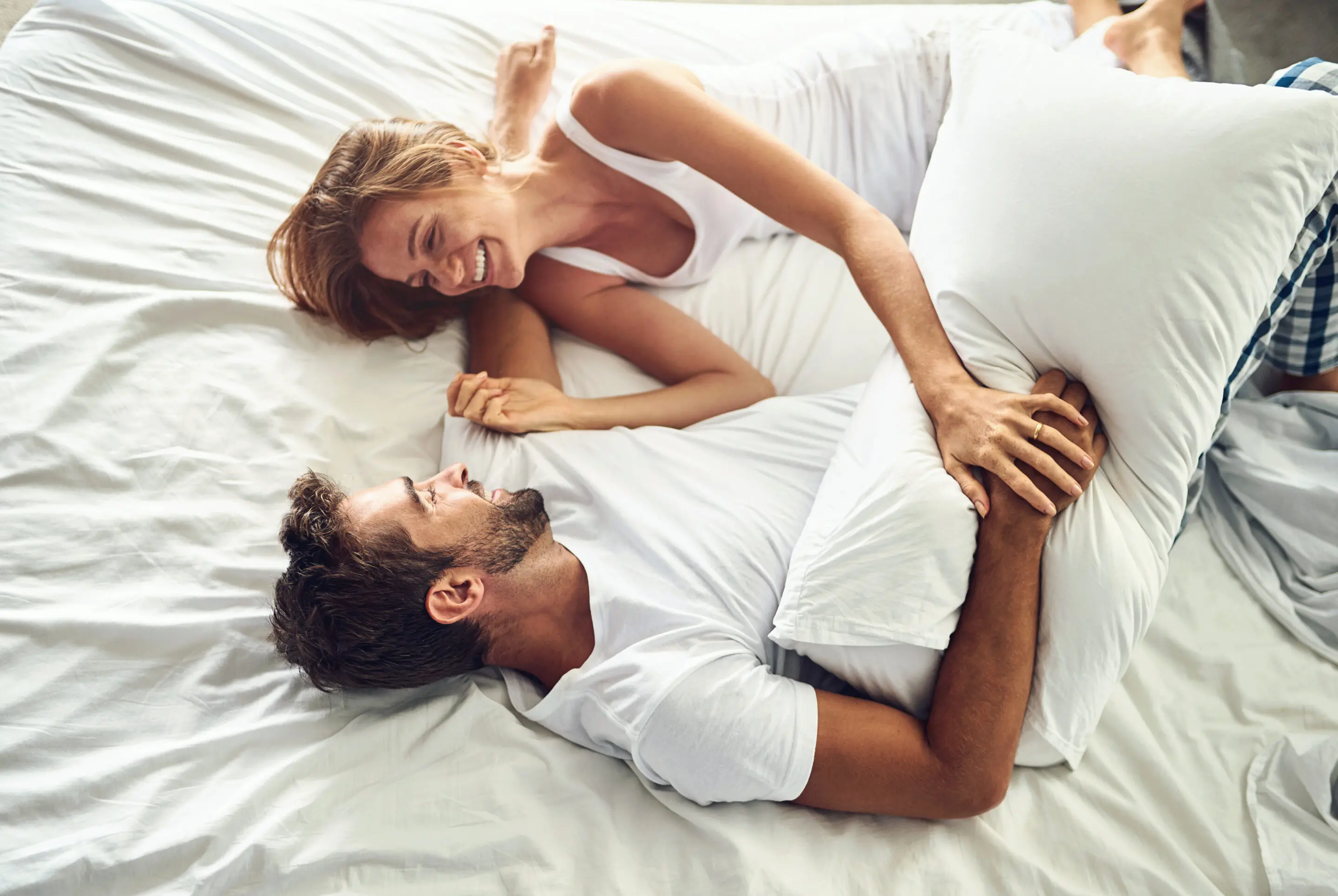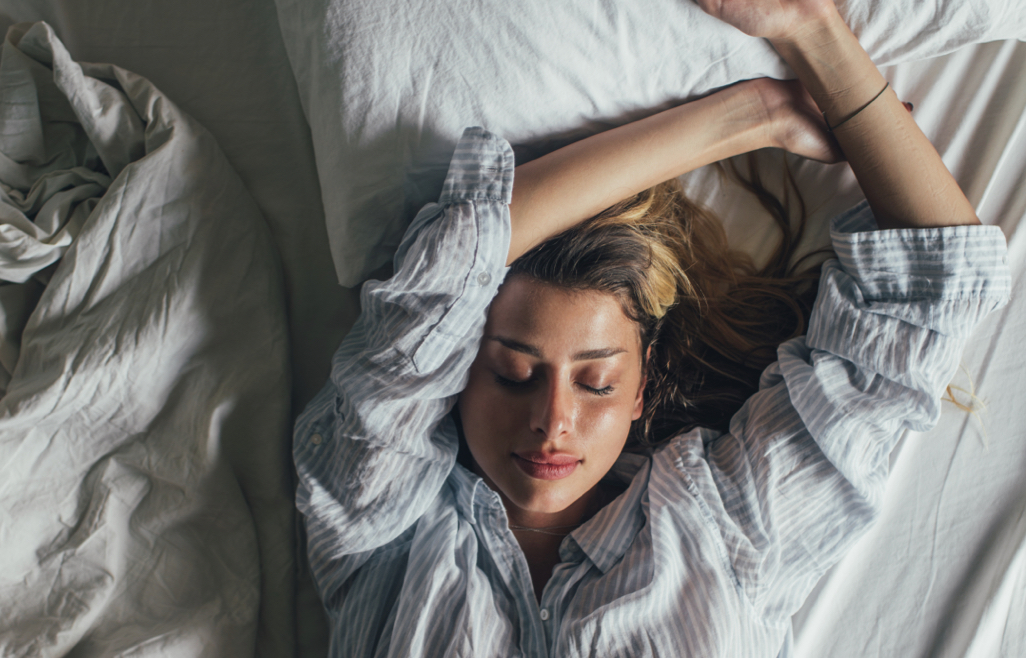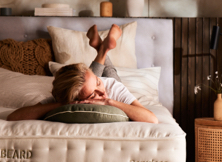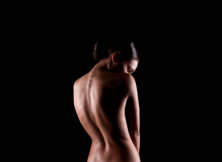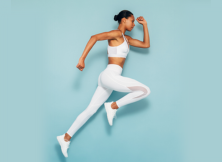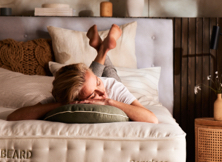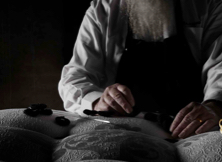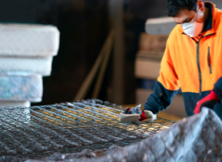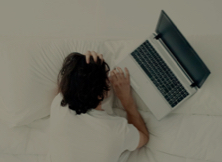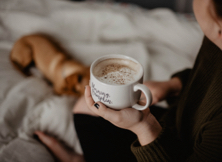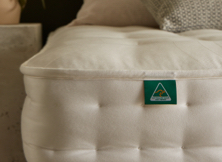On the first Sunday in April, Aussies and Kiwis will have to say goodbye to daylight savings time and dial the clocks back one hour (except for those in the Australian states of QLD, NT and WA, where daylight savings doesn’t apply).
Although we’ll gain an hour of precious sleep (hallelujah), this doesn’t mean we’ll suddenly be bright-eyed and bushy-tailed for the week ahead. In fact, this sudden change can still disrupt our sleep—leaving us feeling groggy and tired, even with the extra shut-eye.
With more and more people working from home, the switch this year is going to be particularly tricky. Many people already struggle with their sleep when working remotely, and going to bed one hour later only makes it more challenging to get enough rest.
So how can you adjust to the end of daylight savings time? These steps will get your sleep cycle back on track quickly.

When is daylight savings?
Daylight savings ends on the first Sunday of April (4 April 2021).
Daylight saving starts again on the first Sunday of October (3 October 2021) for Australians and the last Sunday of September (26 September 2021) for New Zealanders.
How does the end of daylight savings affect our bodies?
It seems like a small thing, but moving your entire day back by one hour can really throw off your sleep cycle. Mornings feel different because we feel like we’re waking up earlier. At the same time, the daylight ends earlier in the day and it gets dark around 5pm, which can disrupt our body’s internal clock.
Our body’s circadian rhythm is regulated by light. When it gets dark outside, our bodies produce melatonin (a hormone that regulates our sleep-wake cycle). If your body is producing melatonin earlier in the day—perhaps even while you’re still at work—it leaves you feeling sluggish and tired, regardless of whether you had a lie-in in the morning.
It goes without saying that the daylight savings change can have a big impact on our ability to fall asleep, and stay asleep. Dr. Yvonne Harrison from the Liverpool John Moores University in England found that we actually lose sleep in the week following the end of daylight saving. On top of that, there’s evidence that we can get moodier and more stressed out—and there’s even an increase in traffic accidents due to drowsy driving.
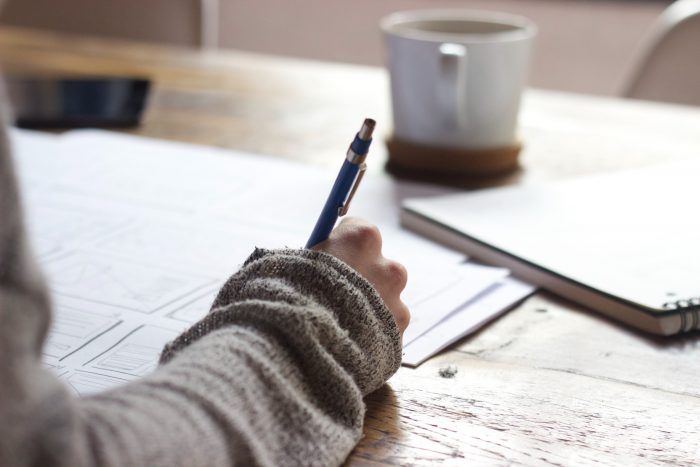
Tips to make daylight savings end easier
Start now!
One of the biggest reasons our bodies have trouble adjusting to the daylight savings change over is because the change is so sudden. Rather than dial back the clocks by an hour in one go, start going to bed 15 minutes earlier than you normally would. Do this every day in the time leading up to the end of daylight saving to ease your body into a new sleeping pattern.
Catch up on your ZZZs
If you’re already in sleep debt, you’re starting off on the back foot. In the week leading up to the end of daylight saving, pay special attention to clocking the right amount of shut-eye (that means 7-9 hours).
Use light to manage your body clock
Like darkness, light is an important cue to tell our bodies that it’s time to wake up. However, if your house doesn’t get a lot of natural light and you’re working from home, you might find yourself moving from a darkened bedroom to a dark kitchen, living room, straight to the home office. This can leave you feeling groggy all day long, even if you’ve won back an extra hour of sleep.
Expose yourself to natural sunlight first thing in the morning. This signals to your brain that it’s time to stop producing melatonin and start helping you wake up. Your body starts to increase its temperature, energy levels, and alertness. Plus, sunlight boosts your Vitamin D production, which plays an important role in keeping your immune system in check.
Tip: If your house doesn’t get a lot of natural light, pop out onto the balcony or into the yard to get that hit of natural sunlight in the morning. Alternatively, you can also pick up an A.H. Beard Nox Smart Sleep Light. In the mornings, Nox will gently wake you up with changing colours to simulate the sunrise.

Switch off the screens
Working from home can have us checking emails at all hours of the day, and even working late into the night. But come daylight saving time, the bright light from our screens can trick our bodies into thinking it’s daytime and suppress the production of melatonin—making it even harder to fall asleep than it already is!
To combat this, limit screen time 2-3 hours before bedtime (that includes Netflix!). Binge-watching shows will make it even harder to get to sleep post-daylight saving.
Go to sleep and wake up at the same time
Working from home can wreak havoc on our sleeping schedule. You might lose track of time and end up working late, sleep in a bit because you don’t have to go to the office, or even take a long siesta just because. However, daylight saving can add fuel to the fire—and before you know it, your sleeping routine is completely out of sync with the world outside.
It’s tempting to ditch the alarm in favour of a lie-in, but try to stick to your sleeping schedule, even when the clocks go back. This helps your body adjust faster, and you’ll eventually settle into a natural sleeping rhythm.
Create the best sleep environment for a good night’s rest
If you’ve ever wanted to splurge on a great set of pillows or a quality mattress, the end of daylight saving hours is a great time to do it. A comfortable sleep environment can make all the difference when it comes to falling asleep (and staying asleep).
Sleep like you’ve never slept before with our best-selling A.H. Beard King Koil Mattress or a handmade mattress from the A.H. Beard Signature Collection. Or, if you’re after a smart bed with sleep tracking and adjustable support, the Sleep My Way mattress will help you get your best night’s sleep, even during daylight savings end.z
